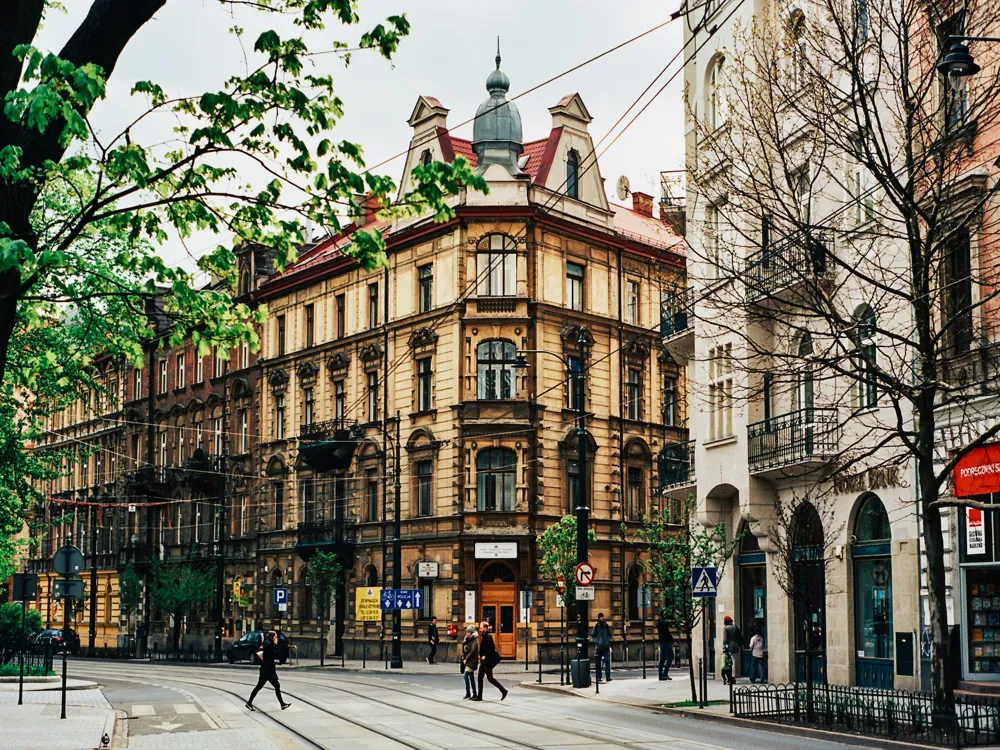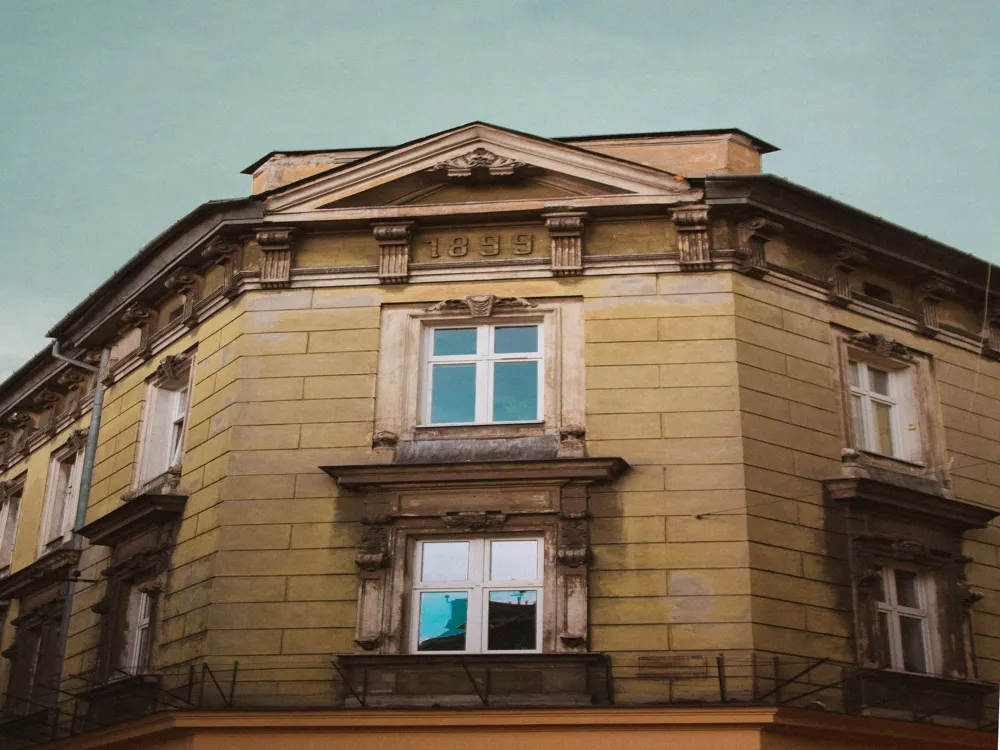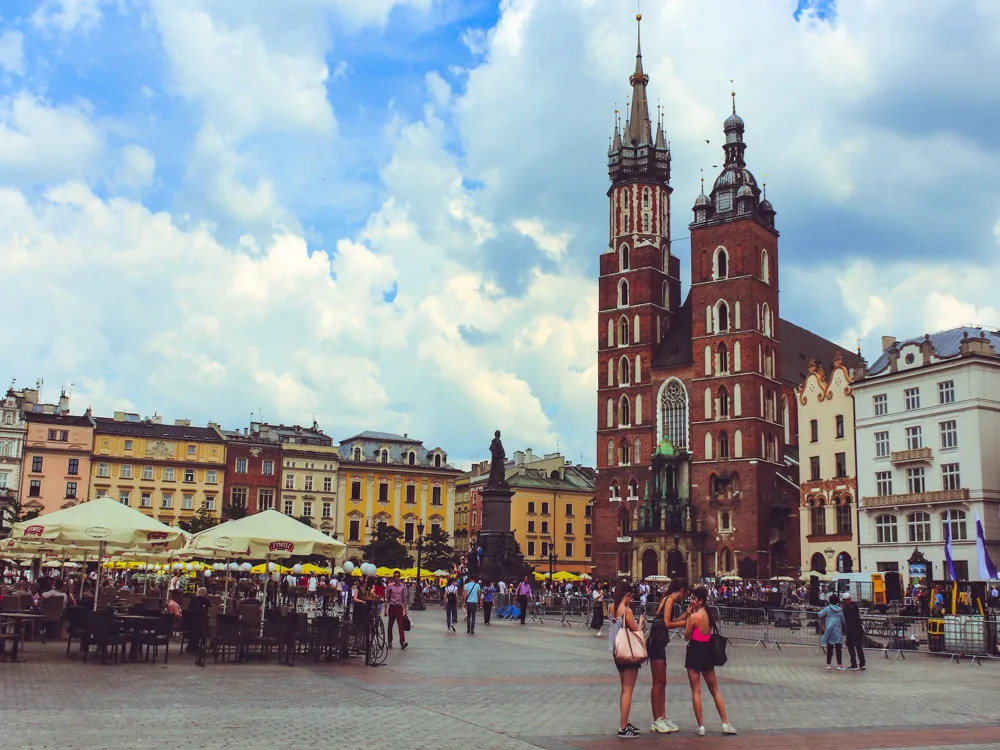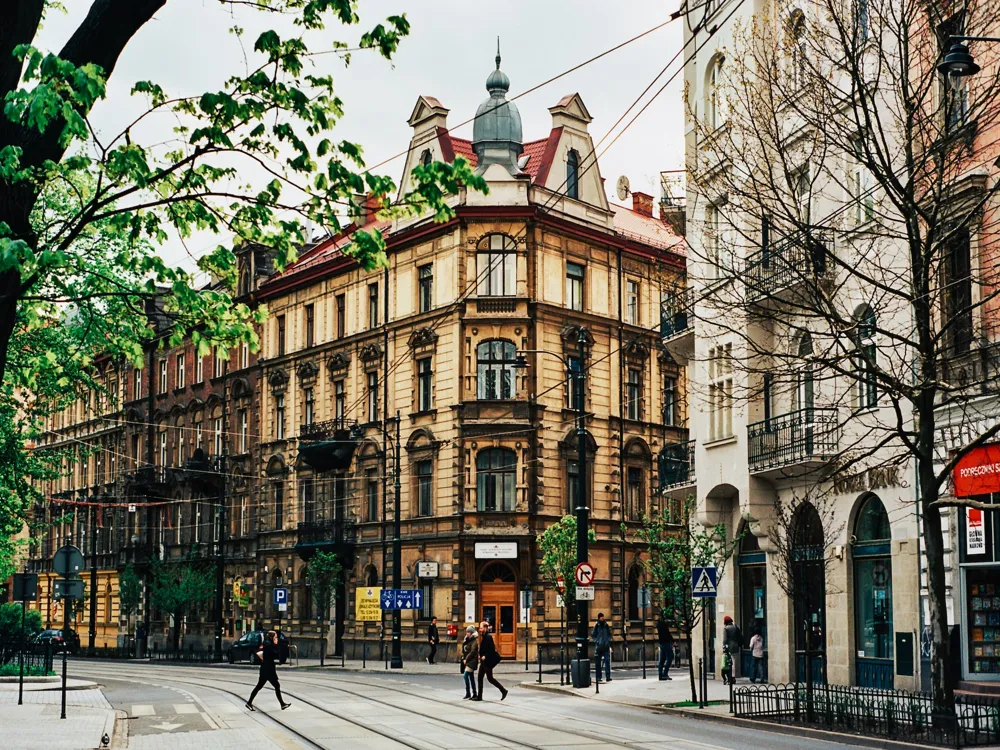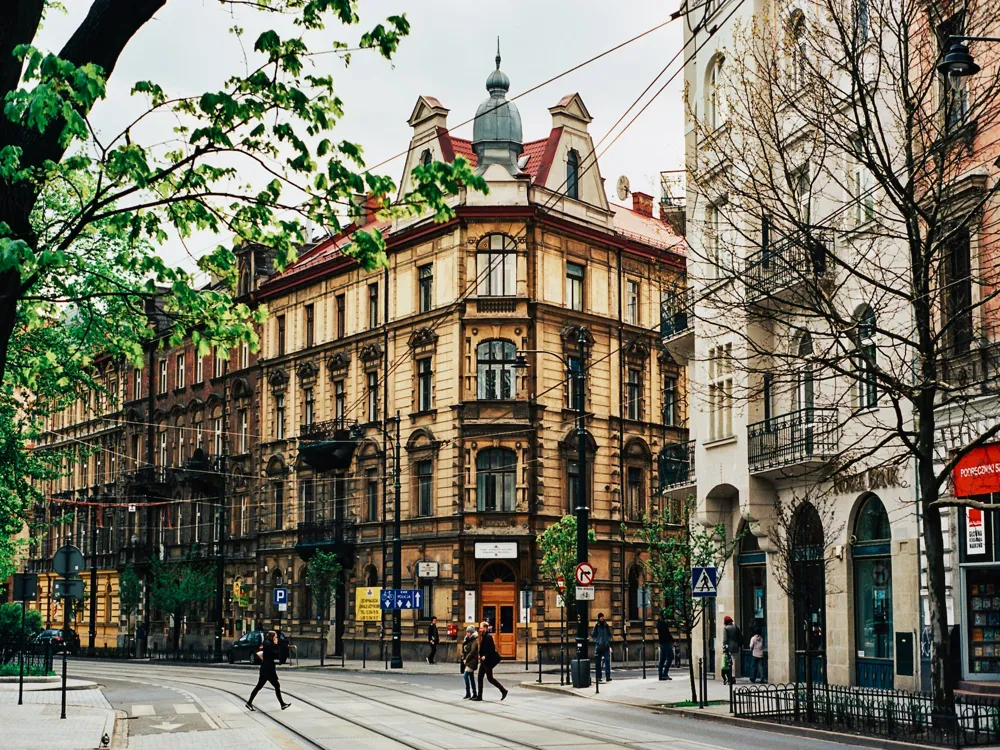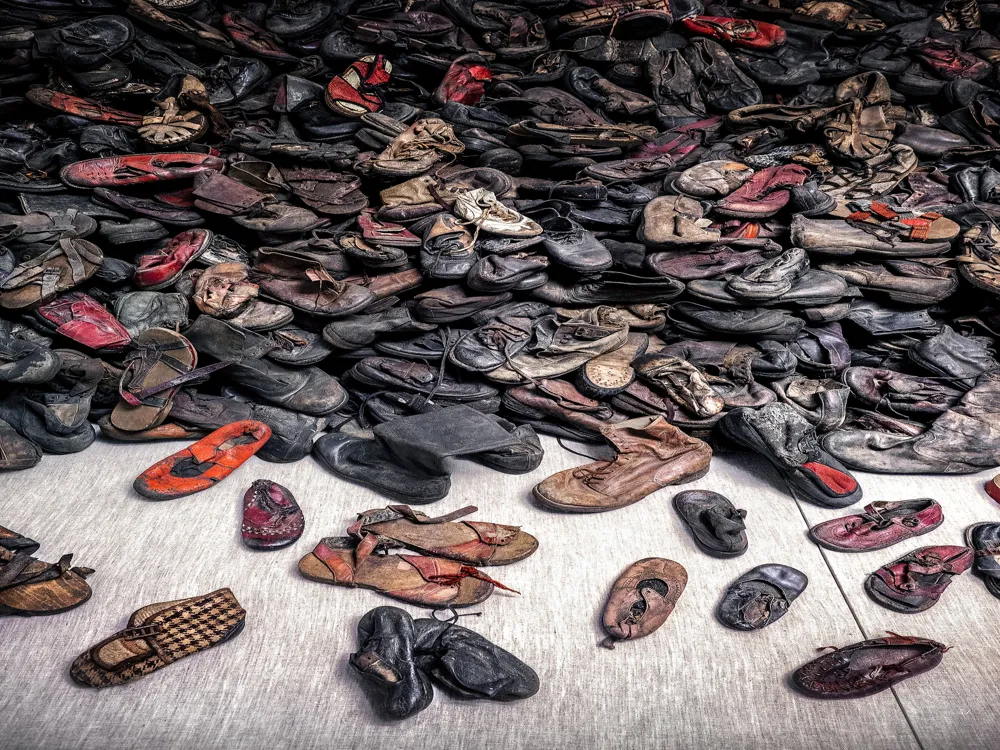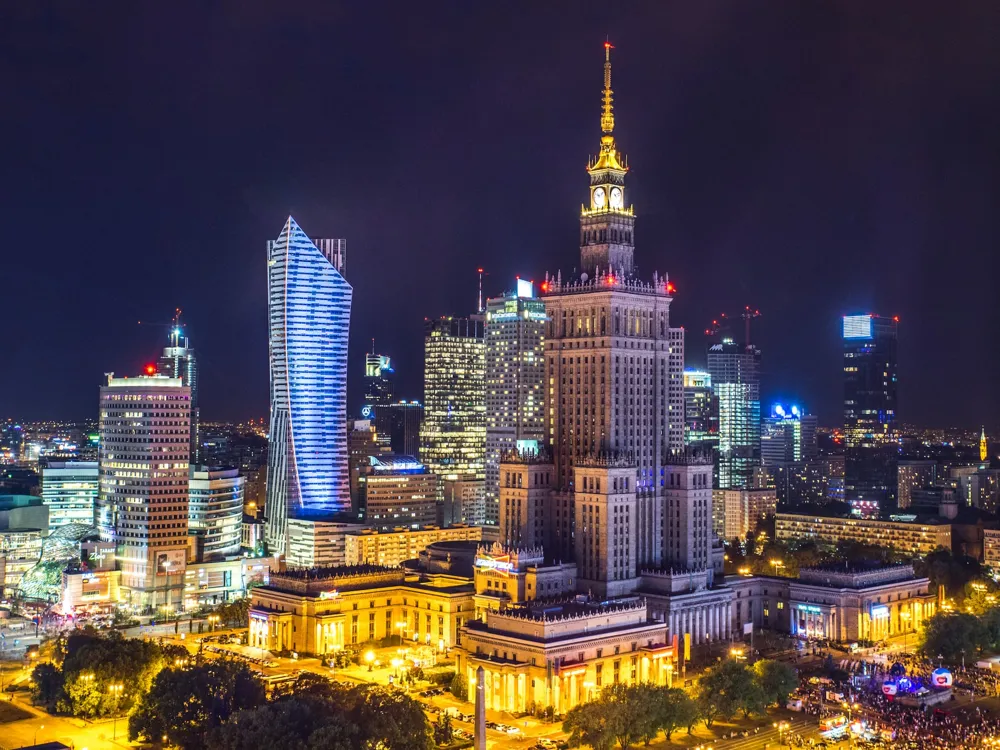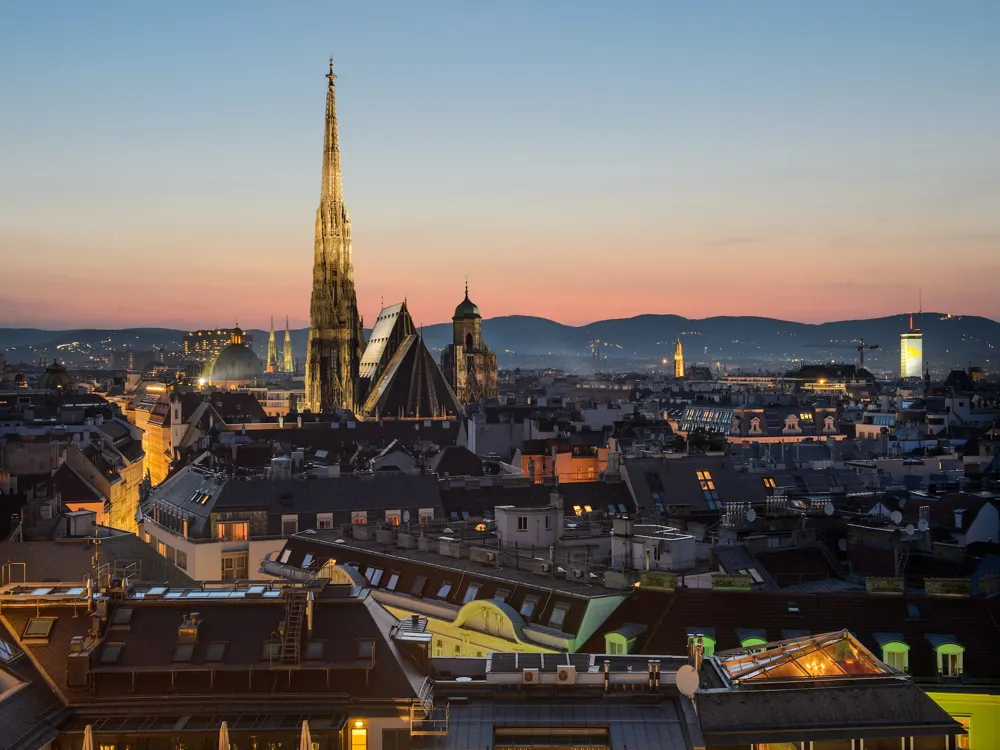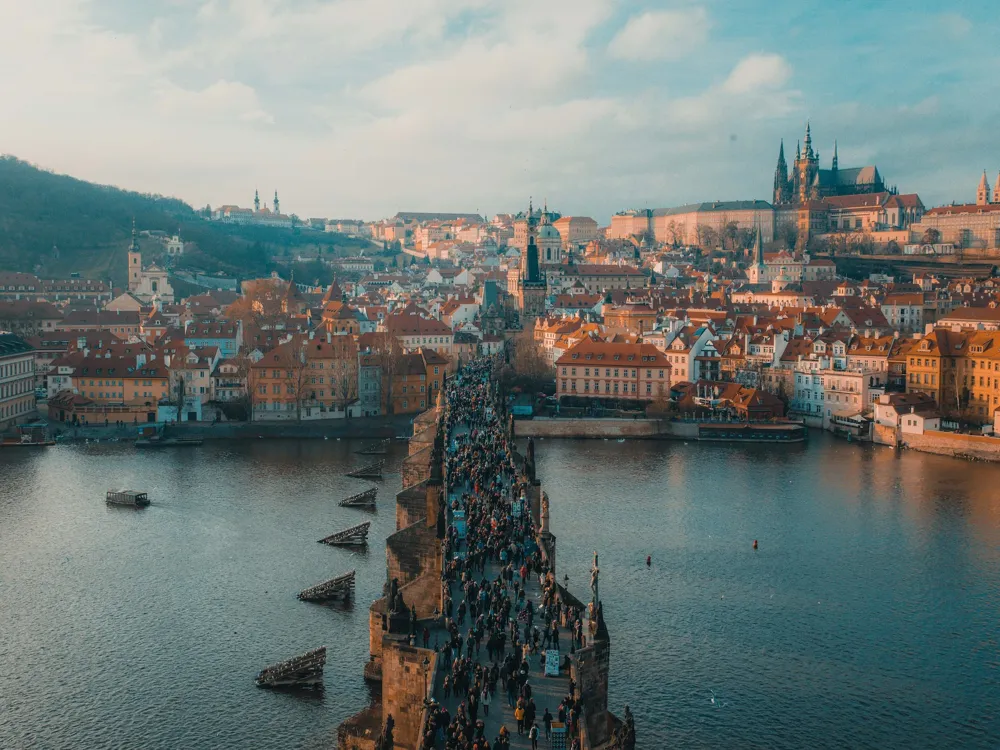Overview of Kazimierz
Kazimierz, a historic district in Krakow, Poland, has long been a place of significant cultural and historical importance. Originally established as a separate town by King Casimir III the Great in the 14th century, Kazimierz was a vibrant center for the Christian and Jewish communities for centuries. This district, named after the king, became a melting pot of cultures, religions, and architectural styles, which is evident in its buildings, streets, and squares. Over the years, it has undergone numerous transformations, reflecting the turbulent history of the region.
The Jewish quarter of Kazimierz, known for its rich history, was the center of Jewish life in Krakow for over 500 years. This area is characterized by its unique synagogues, cemeteries, and cultural sites. The Christian part of Kazimierz, equally rich in history, boasts churches, convents, and historical buildings that showcase various architectural styles. The intertwining of these two distinct cultures in Kazimierz offers a unique and authentic insight into the historical coexistence of different religious communities.
During World War II, Kazimierz suffered considerable damage and neglect, especially its Jewish quarter. However, since the late 20th century, there has been a significant revival and restoration of the district. Today, Kazimierz is a vibrant area, attracting visitors from all over the world. Its streets are lined with art galleries, quirky shops, and restaurants, and the district has become a hub for cultural festivals and events. The preservation of its historical architecture and the contemporary cultural scene make Kazimierz a must-visit destination for anyone interested in history, architecture, and the dynamic urban life of Krakow.
Architecture of Kazimierz
Kazimierz, with its rich and diverse architectural heritage, stands as a testament to various periods and styles. The district's architecture is a mosaic of Gothic, Renaissance, Baroque, and Art Nouveau elements, reflecting its long and varied history. The Christian part of Kazimierz is dominated by majestic churches and convents, showcasing the religious devotion and artistic sensibilities of the past. The Corpus Christi Church, with its stunning Gothic structure and Baroque interior, is a notable example of this fusion of styles.
The Jewish quarter, on the other hand, is characterized by its synagogues, which are among the most important and best-preserved in Europe. The Old Synagogue, the Remuh Synagogue, and the Isaac Synagogue each represent different eras and architectural styles, from medieval to Renaissance. These buildings are not just places of worship but also serve as cultural and historical landmarks, telling the story of the Jewish community in Krakow.
The streets and squares of Kazimierz are lined with buildings that bear witness to its past. The facades, often adorned with intricate details and historical motifs, reveal the stories of the people who lived and worked here. The district's layout, with its narrow streets and hidden courtyards, adds to its charm and mystery, inviting exploration and discovery











